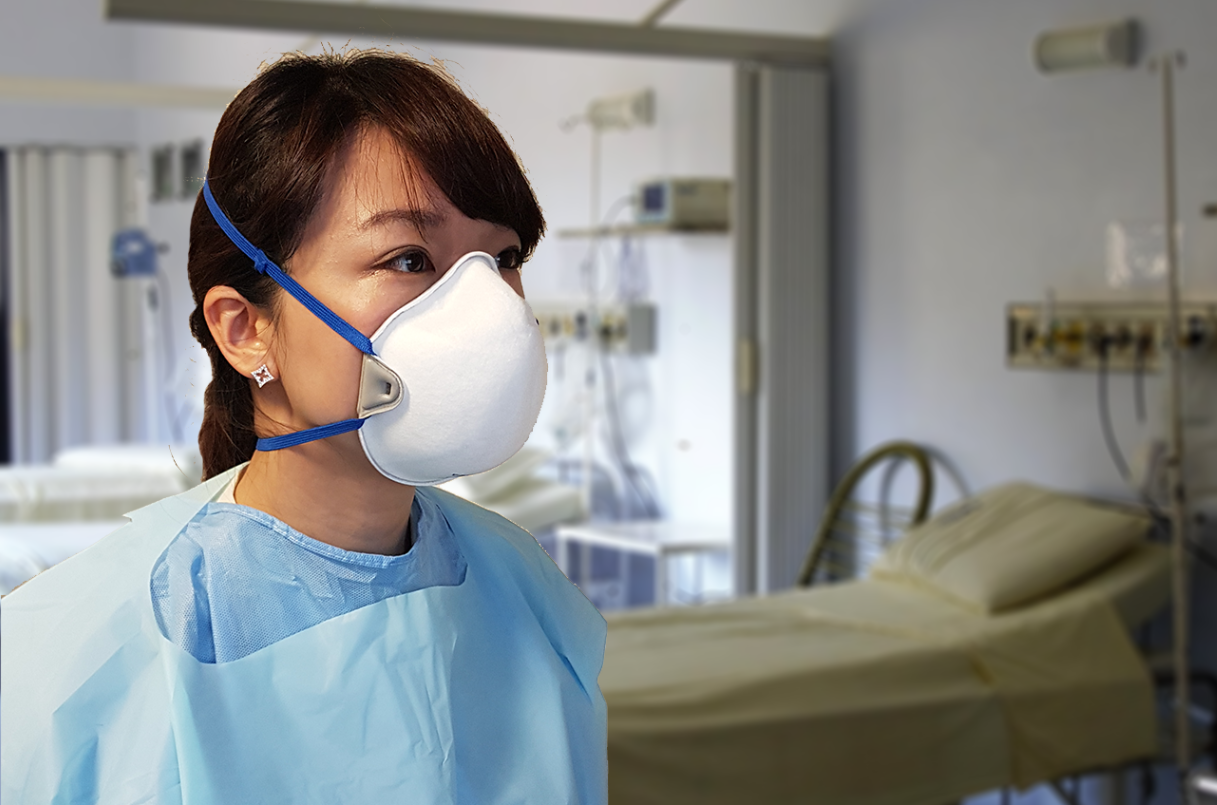Adequately Suitable

When tight-fitting Respiratory Protective Equipment (RPE) is required for work, it is a legal requirement that every employee pass a Fit Test for the particular make/model of RPE that they will be using.
In order for RPE to provide sufficient protection to its wearer, it must be both adequate and suitable.
Adequate
It is right for the hazard and reduces exposure to the level required to protect the wearer’s health.
Suitable
It is right for the wearer, task and environment, such that the wearer can work freely and without additional risks due to the RPE.
But what does that actually mean?
Before choosing a respirator, you’ll need to make sure it is adequate for the situation.
To see what kind and level of protection is required, a full risk assessment should be taken in advance of selecting your RPE.
Once the hazard has been identified, you’ll be able to asses what kind of RPE and which accompanying filters would be adequate to protect you from the hazard.
After choosing an adequate respirator, you’ll need to make sure it is suitable for the person wearing it.
To check whether a respirator is suitable for a person or not it must be Fit Tested using the Qualitative (taste) or Quantitative (particle counting) test methods. In the UK, this is a legal requirement. Not adhering to this could lead to serious fines.
A Fit Test will put strain on the seal between the user and the respirator, testing to see if air from the outside can enter through into the breathing area. If non-filtered air can seep through the respirator is not suitable for the wearer, and a different adequate respirator should be found and tested.
An example
NICE guidance on Tuberculosis states that “Staff and visitors should wear filtering face piece (FFP3) masks during contact with a person with suspected or known multi-drug resistant TB while the person is thought to be infectious.” (Nice NG33 2016, 1.5.3.5)
Therefore, for a respirator to be deemed adequate it needs to be offering p3 particulate protection.
Half-masks and full-face-masks can also be fitted with p3 filters, which would also be adequate for the situation – however, practically they would note likely be suitable – given the conditions.
Hospitals necessarily have high levels of cleanliness for the prevention of infection and would require any reusable RPE to be regularly disinfected and cleaned. Furthermore, with many staff and visitors visiting the patient only once, disposable FFP3 respirators would be a much more suitable and cost-effective means of protecting their health.
Still confused?
If you’re still unsure about the difference between adequate and suitable, or have any other RPE related questions, please get in touch with one of our RPE Experts on:
info@fullsupporthealthcare.com
01933 672180

